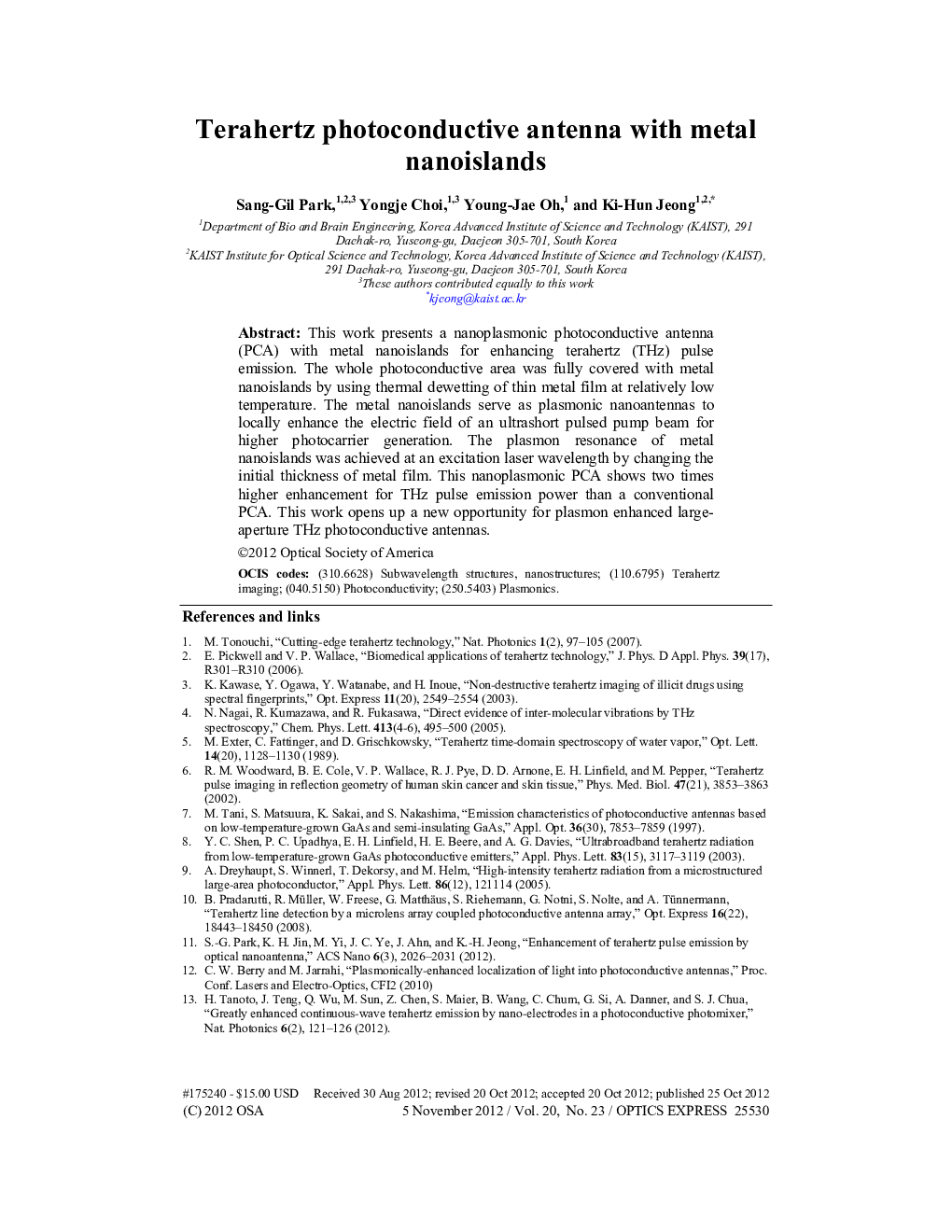| Article ID | Journal | Published Year | Pages | File Type |
|---|---|---|---|---|
| 6017634 | Experimental Neurology | 2014 | 6 Pages |
Abstract
Schwann cells (SCs) have been considered to be one of the most promising cell types for transplantation to treat spinal cord injury (SCI) due to their unique growth-promoting properties. Despite the extensive use as donor cells for transplantation in SCI models, the fate of SCs is controversial due in part to the lack of a reliable marker for tracing the grafted SCs. To precisely assess the fate and temporal profile of transplanted SCs, we isolated purified SCs from sciatic nerves of adult transgenic rats overexpressing GFP (SCs-GFP). SCs-GFP were directly injected into the epicenter of a moderate contusive SCI at the mid-thoracic level at 1Â week post-injury. The number of SCs-GFP or SCs-GFP labeled with Bromodeoxyuridine (BrdU) was quantified at 5Â min, 1Â day, and 1, 2, 4, 12 and 24Â weeks after cell injection. Basso, Beattie, and Bresnahan (BBB) locomotor rating scale, footfall error, thermal withdrawal latency, and footprint analysis were performed before and after the SCs-GFP transplantation. After transplantation, SCs-GFP quickly filled the lesion cavity. A remarkable survival of grafted SCs-GFP up to 24Â weeks post-grafting was observed with clearly identified SC individuals. SCs-GFP proliferated after injection, peaked at 2Â weeks (26% of total SCs-GFP), decreased thereafter, and ceased at 12Â weeks post-grafting. Although grafted SCs-GFP were mainly confined within the border of surrounding host tissue, they migrated along the central canal for up to 5.0Â mm at 4Â weeks post-grafting. Within the lesion site, grafted SCs-GFP myelinated regenerated axons and expressed protein zero (P0) and myelin basic protein (MBP). Within the SCs-GFP grafts, new blood vessels were formed. Except for a significant decrease of angle of rotation in the footprint analysis, we did not observe significant behavioral improvements in BBB locomotor rating scale, thermal withdrawal latency, or footfall errors, compared to the control animals that received no SCs-GFP. We conclude that SCs-GFP can survive remarkably well, proliferate, migrate along the central canal, and myelinate regenerated axons when being grafted into a clinically-relevant contusive SCI in adult rats. Combinatorial strategies, however, are essential to achieve a more meaningful functional regeneration of which SCs may play a significant role.
Keywords
Related Topics
Life Sciences
Neuroscience
Neurology
Authors
Xiaofei Wang, Xiao-Ming Xu,
